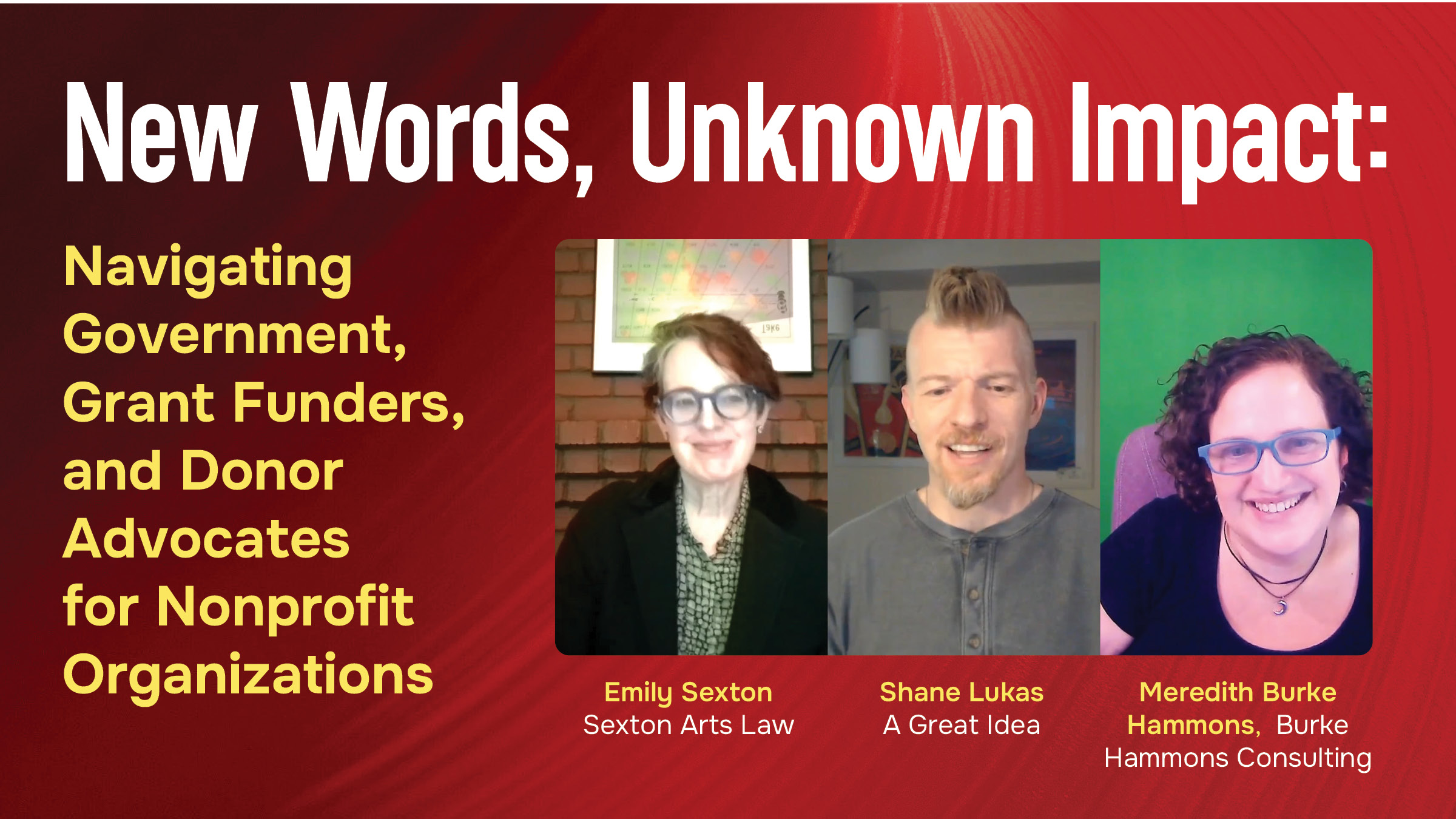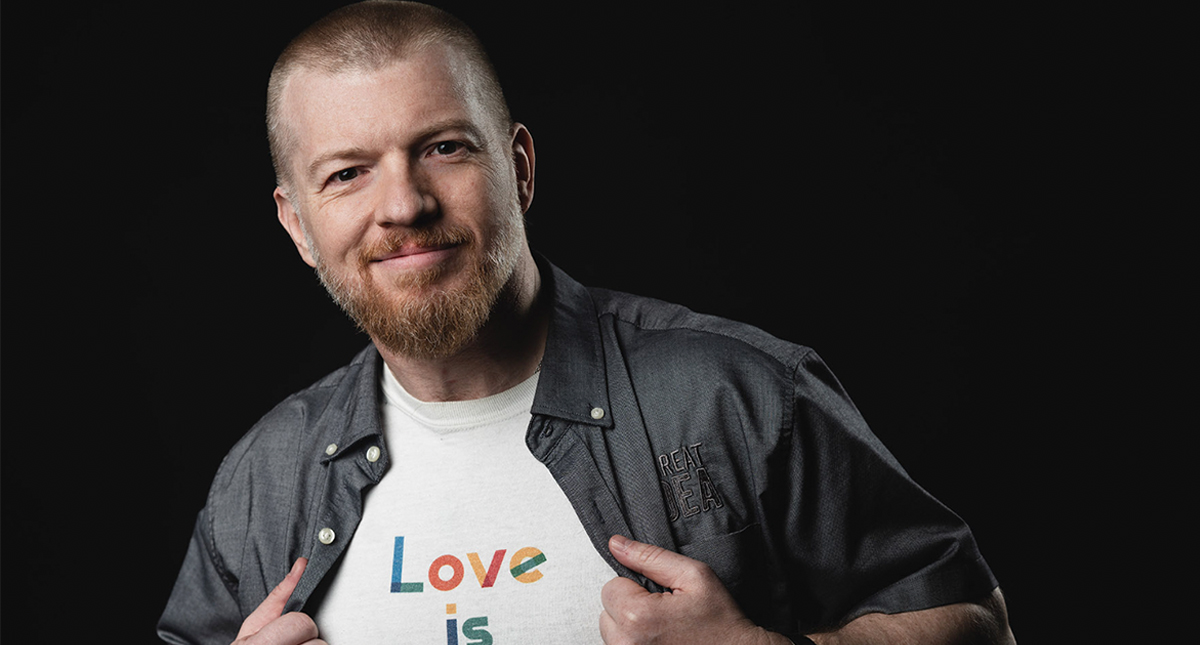The Science of Storytelling

As long as there have been people, as far as we can tell, there have been stories told around the fire, tales of warning, tales of dreaming, tales that explain the world, and tales that offer us spiritual and philosophical fulfillment. The oldest representation of storytelling found thus far is the Chauvet cave in France, dated 36,000 years ago. We haven’t stopped telling each other stories to inspire each other since. We attach ourselves to stories, and thus the lessons they offer because our brains become deeply engaged as a narrative takes shape, connecting one element to the next. The language processing areas of our brain activate when we, say, watch a presentation - but when we listen to a story, other areas of our brain activate as well, almost as if the events of the story are happening directly to us. In fact, the brain of the storyteller and the brain of the one listening can sync up, as if they are one and the same. This allows us to follow along and creates a seemingly psychic connection between storytellers and rapt listeners in a truly wild way. Well, that’s certainly fascinating, but how does that apply to design? Why should someone in marketing care about the art of a good anecdote?

One of the goals many brands aim for is memorability, something that causes you to decide to reach for this type of cola instead of another. Storytelling is a large part of that communication, a way to make the viewer feel something. Christmas ads, for example, often pull on our heartstrings around messages of family love, coziness away from bad weather, and nostalgia for a simpler childhood (whether or not that was even our reality). Super Bowl ads often similarly pull on the joy of winning, of being in community with similar-minded people, of being the people’s hero, or even our own hero. A good story will trigger various chemicals in our brains, causing us to feel invested in the outcome and the lessons. This can be useful in your strategizing of how to tell your story so that your consumer base feels interested i it, and thus, in your brand.
- Oxytocin is known as the "relationship-building" chemical. When a story gives us a reason to feel for the characters, and feel invested, oxytocin is triggered in our brains, strengthening the sense of bonding and trust. Make your customer feel their heartstrings pulled by your story.
- Cortisol is responsible for the ‘fight or flight’ response, encouraging us to be alert for danger. In a story, triggering some feeling of suspense or increased action, and thus cortisol gives us reason to pay attention. Make your customer feel excited and attached to your story.
- Endorphins make us feel euphoric and are released by laughter. Give your customers a chance to laugh and relax into the emotional ride you’re providing and they will feel a sense of relief.
- Dopamine helps us focus and keeps us motivated. It’s released when we feel the end of the story approaching, particularly when the ending is a happy one. Give your customers the solution, a satisfying endpoint to your story.
By using science and weaving it together with your narrative, you can create a story for your brand that will connect to the hearts and minds of your clientele, leading them to internalize how your brand makes them feel and the messages you have to tell.
By Shane Lukas, Advocate Expert for A Great Idea




